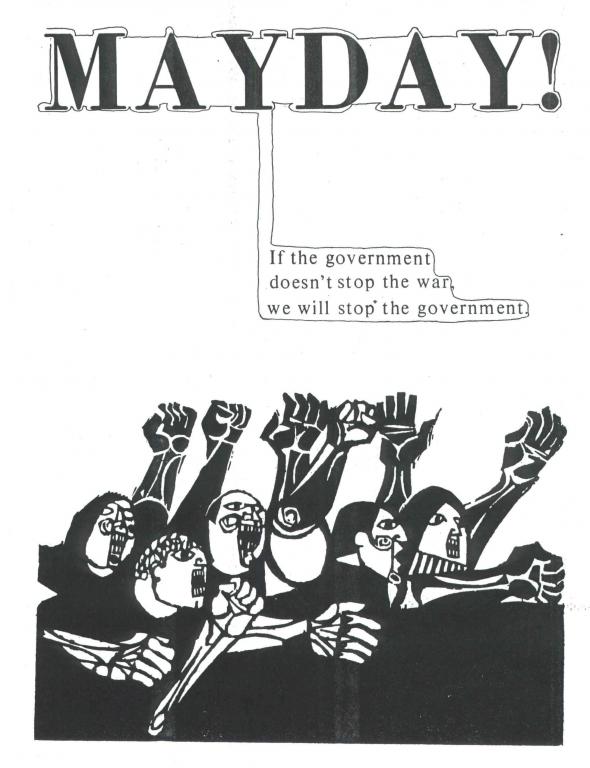
Last night, Light Industry screened a selection of works by the early video collective, Videofreex shot from 1969-1974. It was followed by a q&a with some of the founding members of the video collective, and the curator, Dara Greenwald. Perhaps the most interesting (and troubling) thing about the night was the realization that only a small percentage of the Freex' original footage has been preserved.
Chicago's Video Data Bank, the holders of the collection, has posted a complete listing of existing Videofreex footage. The table indicates that only 48 titles out of a collection of more than 1400 have been preserved; or cleaned, migrated and transferred from its original format, which are mostly obsolete. Individuals may sponsor the preservation of these works for $400 per title.

The Videofreex collective used video to engage with, document and stimulate activism. Although there certainly are aesthetic particularities to the tapes, the artistic qualities of the material was not their primary concern. The art was not in the means of documentation, but the social and political interactions and dialogs that the Freex facilitated. The tapes are often long and anti-climactic, which makes them somewhat undesirable to show in museums, galleries, or festivals. This being the case, the tapes have little market value, making it difficult to secure funding for preservation. Their cultural capital, however, is invaluable, and hopefully will be enough to influence individuals to sponsor preservation.
From the site:
The archival collection of Videofreex titles consists of around 1400 videotapes
on a variety of formats. Most of these formats are obsolete (1/2 ” open reel,
3/4 ” Umatic, 1 ” open reel, etc.) They are also quite old for videotapes, and
often require cleaning or other special handling before they can be re-mastered
to modern formats, or be made available digitally. This is usually an expensive
process, and there are currently not enough funds to preserve the entire
collection.
We prioritize titles for preservation based on written information sources
(titles, notes on the tapes, etc.), dialogue with the Videofreex, and other
research. If you are interested in a specific tape that has not been
preserved, you can help out by paying for its preservation. This usually costs
$400, and you will receive a DVD of the title for personal or educational use.
Additional rights for footage use can be negotiated. It should be noted that
the results of the preservation are not guaranteed, it is possible that the
tape has been damaged during its lifespan, or has degraded due to storage
conditions. Most of our results however have been positive.
The following is a list of titles taken from the labels on the tapes in our Videofreex
database. Please scroll through it, or use the search function of your browser to find
specific keywords. To find out more about any of these titles, please contact us.



